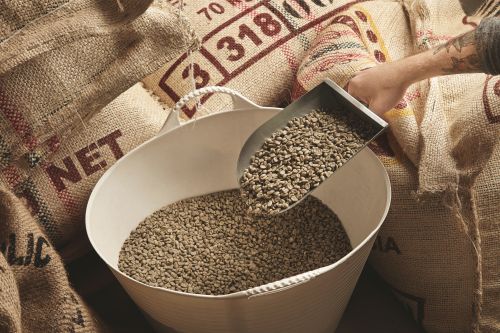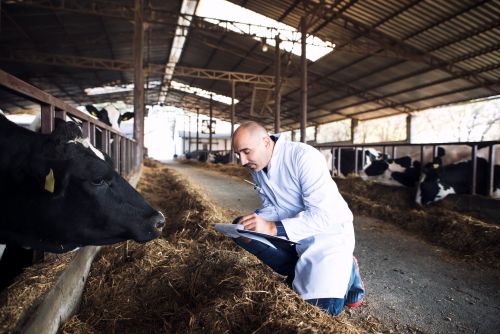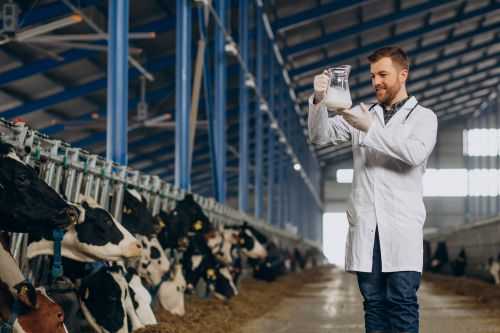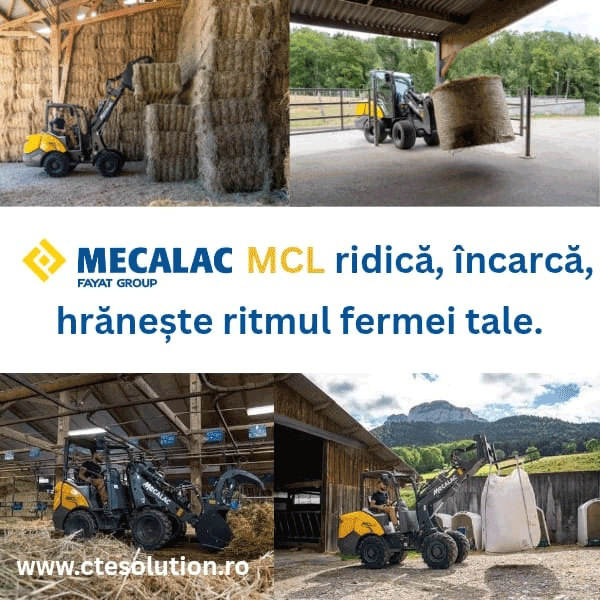581

FAO: Sustainable Pest Management Must Prioritize Human and Environmental Health
Pesticides may eliminate pests, but they also destroy natural enemies and disrupt ecosystem balance. Overexploiting land can harm farmers, consumers, and the environment, according to a recent report published by the Food and Agriculture Organization (FAO). The FAO recommends that plant protection strategies should place consumer and environmental health at the forefront.
🌱 A Healthy Agroecosystem Is the First Line of Defense
Contrary to popular belief, pests are not always external intruders. They often exist naturally within agroecosystems and interact with a complex community of organisms—parasites, pollinators, decomposers, and competitors—that form the agrobiodiversity associated with crops.
Outbreaks generally stem from the breakdown of natural pest control mechanisms. As agricultural production intensifies, so does the supply of nutrients for pests, increasing the need for ecosystem-based pest management as part of Sustainable Crop Production Intensification (SCPI).
♻️ Restoring Natural Balance Is Key
While pest populations are present in every field, routine practices like crop monitoring and on-site interventions usually keep them in check.
Total eradication of pests is counterproductive—it removes food sources for natural predators, undermining long-term system resilience. The goal should be to manage, not eradicate, pest populations while maintaining acceptable crop loss thresholds.
Unfortunately, many farmers still resort to chemical protection when natural balance fails, largely due to individual risk perceptions and experience. Pesticides, though widely accessible and promoted, become the go-to solution.
⚠️ Pesticide Dependency Disrupts Ecosystems
Over-reliance on pesticides disrupts natural enemy populations and triggers outbreaks of secondary pests. It creates a vicious cycle of resistance, requiring further investment in stronger chemical solutions.
- Less than 1% of applied pesticides reach the target pest.
- The rest contaminates soil, air, and water.
- Health risks for farmers are significant.
- Consumer concerns are rising over pesticide residues in food.
Urban and peri-urban agriculture especially suffers from low public tolerance for visible or excessive pesticide use. As a result, regulatory standards and consumer expectations are increasing across domestic and global markets.
🚫 Weak Regulation Undermines Ecological Solutions
Aggressive marketing and poor regulation make pesticides appear as the cheapest and fastest option, even though their use can negate sustainable practices.
✅ What Needs to Be Done?
FAO recommends transitioning from conventional pest control to ecosystem-based Integrated Pest Management (IPM), especially in the following situations:
- Major pest outbreaks threatening food security
- High pesticide residue levels in food
- Environmental contamination or human poisoning
- Declines in beneficial species (pollinators, birds)
- Mismanagement of pesticide stocks (e.g., expired products)
🛠️ Key Policy and Technical Measures
To sustain pest control with minimal side effects, the FAO outlines a comprehensive support strategy:
🧩 Policy Reform
- Remove harmful subsidies for pesticides and transport
- Enforce strict regulation on registration and distribution
- Encourage local IPM input production (e.g., beneficial insects)
🧑🌾 Farmer Support
- Provide technical assistance and field training on green practices
- Incorporate local knowledge and community-based learning
🔬 Focused Research
- Breed pest- and disease-resistant crop varieties
- Develop monitoring tools and field-level innovations
- Promote biopesticides and selective chemical use
📋 Private Sector Oversight
- Align with the FAO International Code of Conduct on pesticide distribution and use
- Implement effective governance systems for pesticide regulation
📣 Conclusion
A sustainable approach to pest management is not just a recommendation—it is a necessity. The shift from chemical dependence to ecosystem-based solutions will not only protect human and environmental health but also enhance crop resilience and long-term food security.
(Photo: Freepik)





